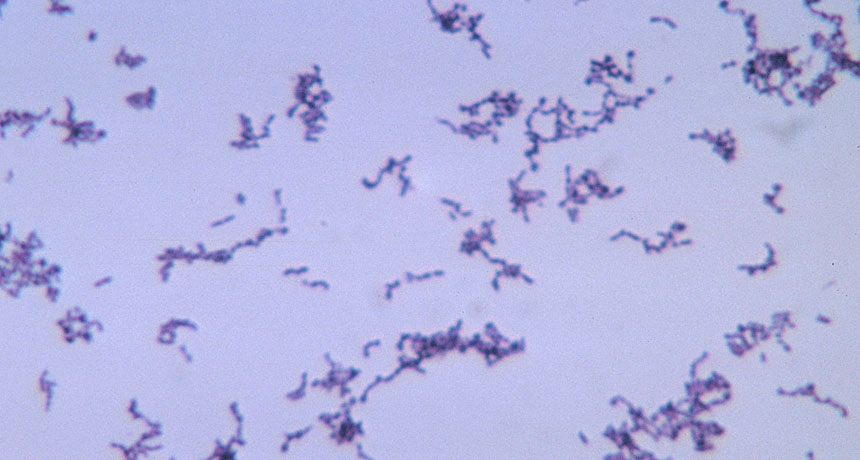Questions for ‘The truth about zits’

P. acnes (dyed-purple squiggles above) is the most common type of bacteria on human skin.
Bobby Strong/ CDC

P. acnes (dyed-purple squiggles above) is the most common type of bacteria on human skin.
Bobby Strong/ CDC